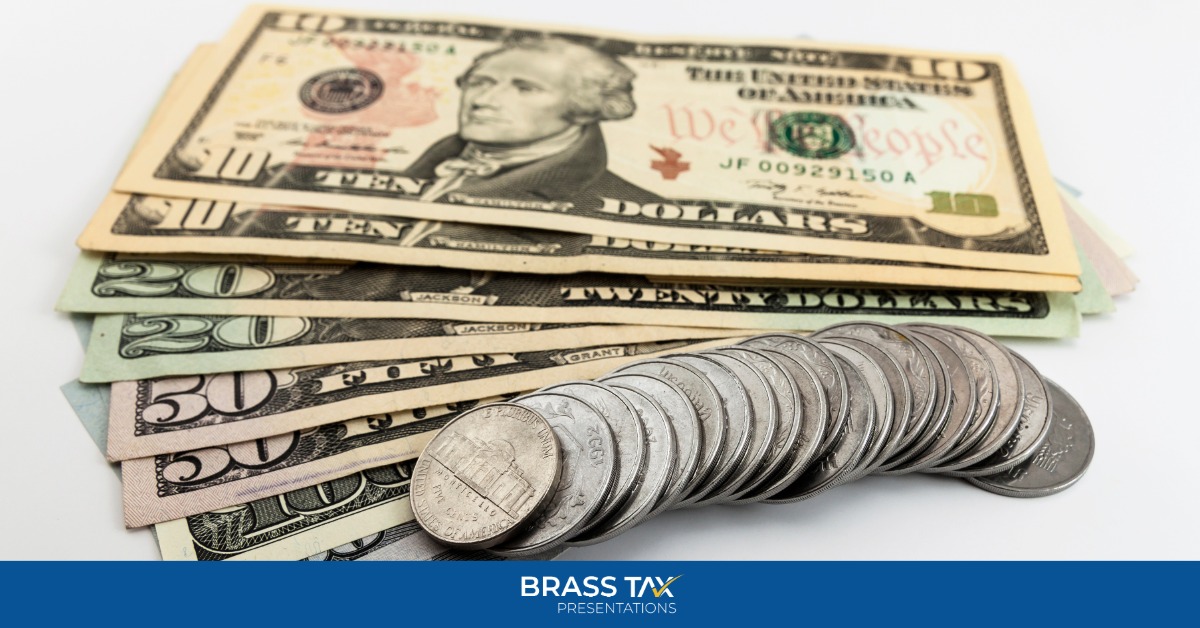
1. Deduct or Capitalize?
Under IRS regulations, you can either:
- Deduct costs in the year they are incurred (typically for repairs and maintenance), or
- Capitalize them, treating them as improvements that add to the property’s basis and depreciating them over time.
Kitchen remodels fall into a gray area. Whether you deduct or capitalize depends on several factors, including the nature of the work, the cost, and how the upgrade fits into the property’s overall condition.
2. Safe Harbor Options
There are several ways that certain taxpayers can take advantage of deductions that would normally need to be capitalized.
A. De Minimis Safe Harbor
If you itemize expenses and each item (e.g., fridge, stove) costs less than $2,500, they can be deducted—no need to capitalize. Even if the total spent on replacement items is $12,000, as long as no individual item crosses the $2,500 threshold, you’re good.[1]
B. Safe Harbor for Small Taxpayers
If the building’s unadjusted basis is under $1 million, and total annual spending on repairs, maintenance, and improvements is the lesser of:
- $10,000 or
- 2% of that basis,
you can elect to deduct all those expenses—even if they include improvements.[2]
So, a $9,000 kitchen remodel might be deductible if it falls within that threshold. If it doesn’t, you may still be able to deduct some or all of it, depending on how the IRS defines the nature of the work.
3. Routine vs. Non-Routine Work
The IRS offers a Routine Maintenance Safe Harbor. If the kitchen work includes recurring maintenance expected more than once in 10 years (e.g., repainting, replacing faucets), you can deduct it.[3]
But what if you’re only updating the kitchen once every 20 years? Then it’s not routine—and you’ll need to look at other rules to determine deductibility.
4. When Capitalization is Required
There are certain circumstances that would require that a remodel be capitalized rather than expensed.
Examples include:
- Enlarging the kitchen
- Installing high-end finishes where there were none before
If you capitalize, the IRS considers whether the remodel affects a major component or substantial structural part. For a kitchen, that might include major plumbing or electrical rewiring. If so, you must capitalize and depreciate those costs over 27.5 years for residential rental property.
5. What You Can Deduct
If your remodel replaces items with comparable ones—not upgrades—and doesn’t significantly alter the function or quality, it’s likely deductible.
Example: replacing mid-range cabinets with new mid-range cabinets? Deductible.
Example: upgrading laminate countertops to granite, rewiring outlets for new configurations, adding a dishwasher where there wasn’t one? Capitalize.
6. Real-Life Example: Randy Remodeler
Randy owns a rental home and spends $12,000 updating the kitchen. He installs new cabinets, replaces old appliances with similar ones, and puts in a new sink. The layout doesn’t change. The kitchen now looks cleaner and more modern but isn’t materially improved in quality or function.
Under the IRS’s definitions:
- It’s not a betterment or adaptation.
- It doesn’t restore the property from disrepair.
- It’s not a major structural component.
Conclusion: Randy may deduct the full $12,000 as a repair.
7. Strategy Tip: Don’t Default to Capitalizing
It might feel safer to just capitalize big projects, but doing so could mean slower cost recovery and lost immediate deductions. Especially for residential landlords, taking advantage of the repair deduction rules and safe harbors can improve your tax position.
Final Thoughts
Kitchen remodels don’t automatically require capitalization. If your updates restore the kitchen to its prior state without fundamentally changing its function or value, you can likely deduct the costs. Use the de minimis rule, safe harbors, and routine maintenance exemptions to your advantage.
When in doubt, consider the IRS’s key questions:
- Did you better the property?
- Did you restore it?
- Did you adapt it to a new use?
If the answer is no, you’re likely in repair (and deduction) territory.
As with most things in tax, the answer is never as simple as it seems and diving deeper into the regulations can make a big impact on the taxpayer’s bottom line.
Be sure to sign up for our upcoming Tax Toolbox seminar, where we will discuss topics related to rental real estate in-depth.
